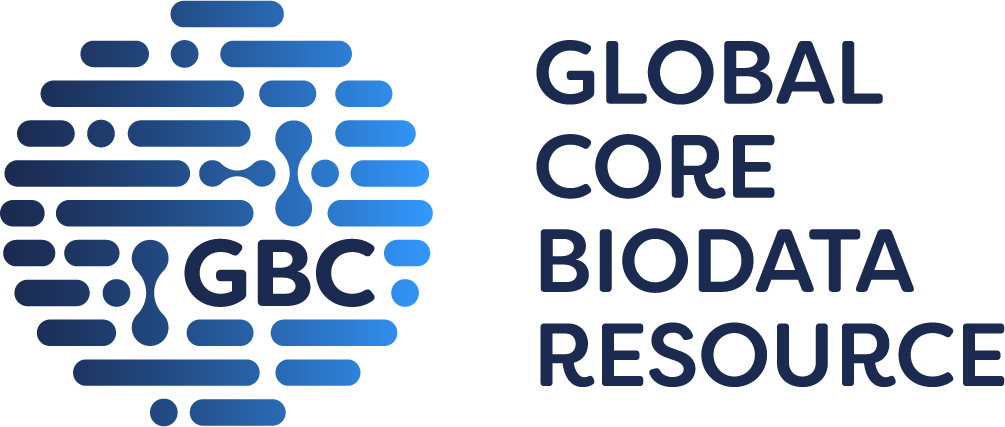
labuxtinib [Ligand Id: 12870] activity data from GtoPdb and ChEMBL
Click here for a description of the charts and data table
Please tell us if you are using this feature and what you think!
| ChEMBL ligand: CHEMBL3962292 (Labuxtinib) |
|---|
There should be some charts here, you may need to enable JavaScript!
|
| DB | Assay description | Assay Type | Standard value | Standard parameter | Original value | Original units | Original parameter | Reference |
|---|---|---|---|---|---|---|---|---|
| KIT proto-oncogene, receptor tyrosine kinase/Stem cell growth factor receptor in Human (target type: SINGLE PROTEIN) [ChEMBL: CHEMBL1936] [GtoPdb: 1805] [UniProtKB: P10721] | ||||||||
| ChEMBL | Cell Proliferation Assay: The compounds was tested for inhibition of SCF dependent proliferation using human Mo7e cells which endogenously express c-kit in a 384 well format. Three-fold serially diluted test compounds (Cmax=10 mM) were evaluated for their antiproliferative activity of Mo7e cells stimulated with human recombinant SCF. After 48 hours of incubation at 37° C., cell viability was measured by adding 25 uL of CellTiter Glo (Promega) to the cells and the luminescence was measured by a CLIPR CCD camera (Molecular Devices). | B | 7.24 | pIC50 | 58 | nM | IC50 | US-9199981-B2. Compounds and compositions as C-kit kinase inhibitors (2015) |
| ChEMBL | Cell Proliferation Assay: The compounds was tested for inhibition of SCF dependent proliferation using human Mo7e cells which endogenously express c-kit in a 384 well format. Three-fold serially diluted test compounds (Cmax=10 mM) were evaluated for their antiproliferative activity of Mo7e cells stimulated with human recombinant SCF. After 48 hours of incubation at 37° C., cell viability was measured by adding 25 uL of CellTiter Glo (Promega) to the cells and the luminescence was measured by a CLIPR CCD camera (Molecular Devices). | B | 7.7 | pIC50 | 20 | nM | IC50 | US-9199981-B2. Compounds and compositions as C-kit kinase inhibitors (2015) |
| GtoPdb | - | - | 7.7 | pIC50 | 20 | nM | IC50 | WO2013033070A1. COMPOUNDS AND COMPOSITIONS AS c-KIT KINASE INHIBITORS (2013) |
ChEMBL data shown on this page come from version 35:
Zdrazil B, Felix E, Hunter F, Manners EJ, Blackshaw J, Corbett S, de Veij M, Ioannidis H, Lopez DM, Mosquera JF, Magarinos MP, Bosc N, Arcila R, Kizilören T, Gaulton A, Bento AP, Adasme MF, Monecke P, Landrum GA, Leach AR. (2024). The ChEMBL Database in 2023: a drug discovery platform spanning multiple bioactivity data types and time periods. Nucleic Acids Res., 52(D1). DOI: 10.1093/nar/gkad1004. [EPMCID:10767899] [PMID:37933841]
Davies M, Nowotka M, Papadatos G, Dedman N, Gaulton A, Atkinson F, Bellis L, Overington JP. (2015) 'ChEMBL web services: streamlining access to drug discovery data and utilities.' Nucleic Acids Res., 43(W1). DOI: 10.1093/nar/gkv352. [EPMCID:25883136]







